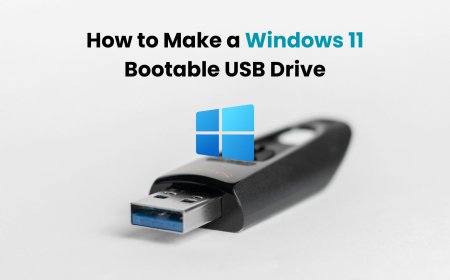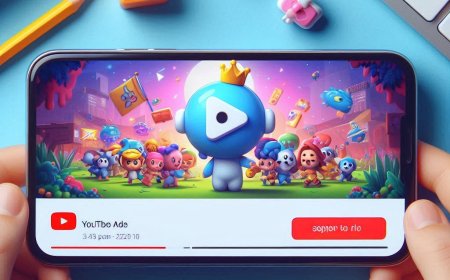The Ultimate Guide to Software Categories: System, Application & Programming
Explore the three main software categories: system, application, and programming in this guide. Learn functions, examples, and how they work together.

Software, the invisible layer behind digital devices is divided into three main categories: system software, application software, and programming software. Understanding these divisions helps users, developers, and IT professionals select the right tools and manage systems effectively.
1. System Software
System software manages hardware and provides a platform for other software.
Examples:
-
Operating systems: Windows, macOS, Linux, Android
-
Device drivers: Printer, GPU, keyboard drivers
-
Utility programs: Disk cleanup tools, antivirus, backup software
Purpose: Acts as a bridge between hardware and other software, ensuring stable and efficient system operation.
2. Application Software
This software enables end users to perform tasks such as writing, browsing, editing, or communicating.
Examples:
-
Productivity tools: Microsoft Office, Google Workspace
-
Web browsers: Chrome, Firefox, Edge
-
Media players: VLC, Spotify
-
Design tools: Photoshop, Canva
Purpose: Supports specific user tasks and enhances productivity, creativity, and entertainment.
3. Programming Software
Used by developers to create, test, and maintain software.
Examples:
-
Text editors: VS Code, Sublime Text
-
Compilers: GCC, Java Compiler
-
Debuggers: GDB, xDebug
-
IDEs: IntelliJ IDEA, PyCharm, Eclipse
Purpose: Provides the environment and tools necessary for building software applications.
Additional Subcategories
• Utility Software
Subset of system software for maintenance and optimization (e.g., CCleaner, WinRAR, antivirus tools).
• Middleware
Software that connects applications to each other or backend services (e.g., API gateways, message brokers).
• Specialized Software
Industry-specific tools (e.g., AutoCAD for engineering, QuickBooks for accounting, SPSS for data analysis).
Conclusion
Understanding system, application, and programming software enables smarter software choices, better system management, and improved development practices. Use this overview to enhance digital literacy, productivity, and tech confidence in 2025 and beyond.
What's Your Reaction?







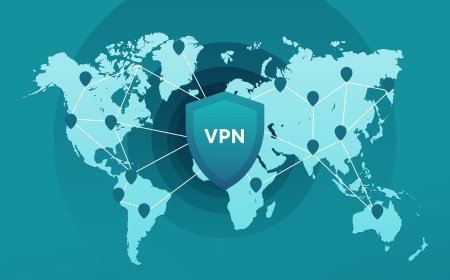
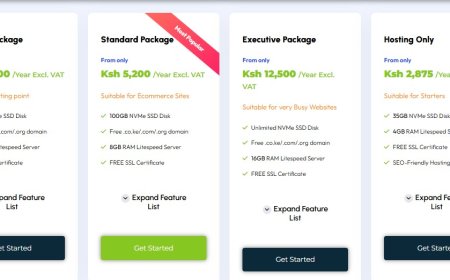
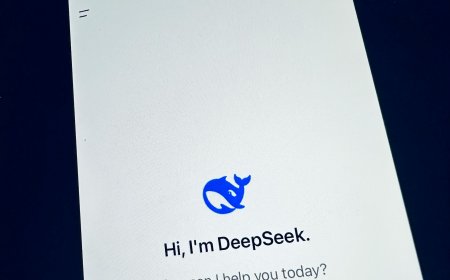
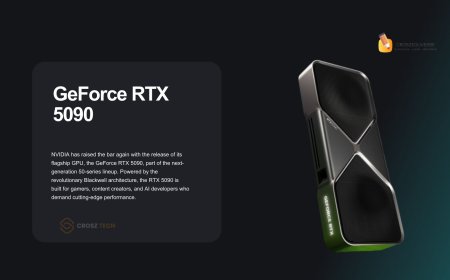






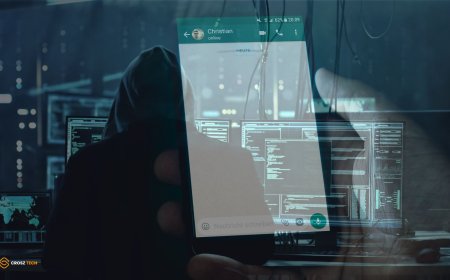
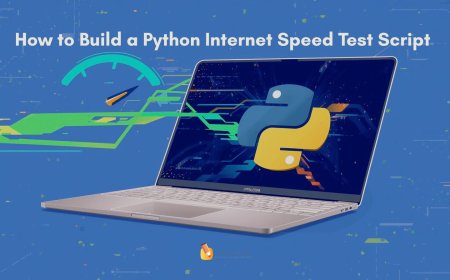
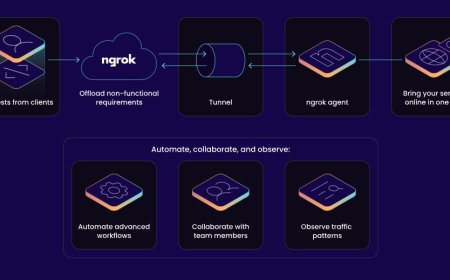

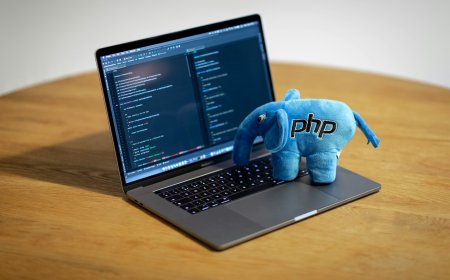
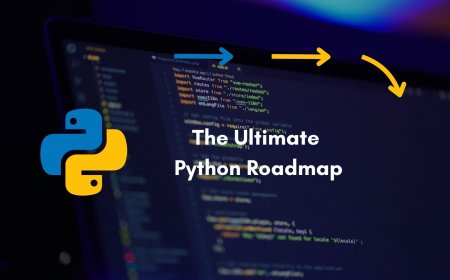
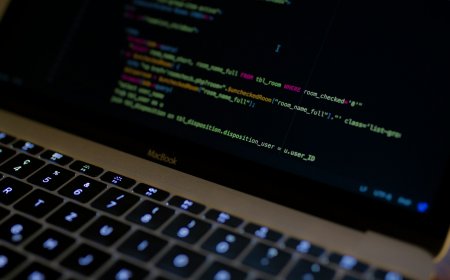
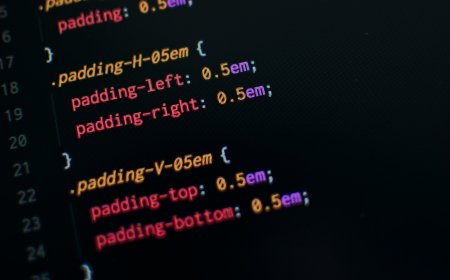
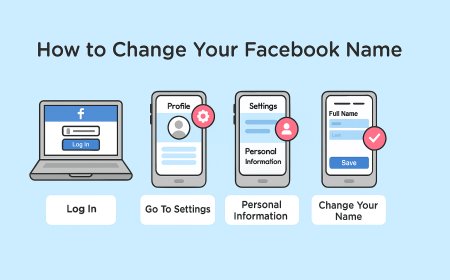
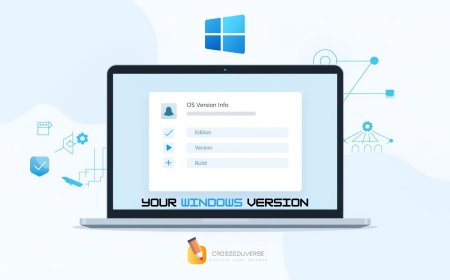
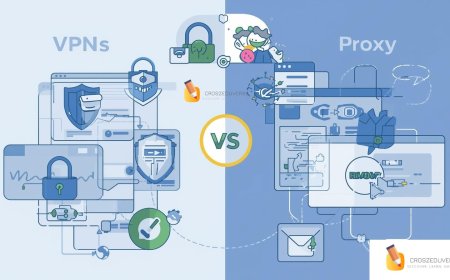
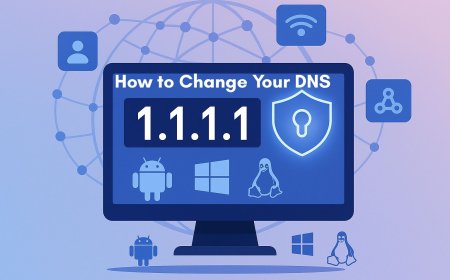
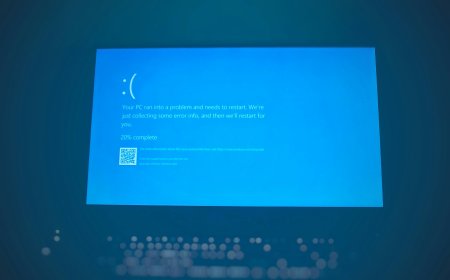
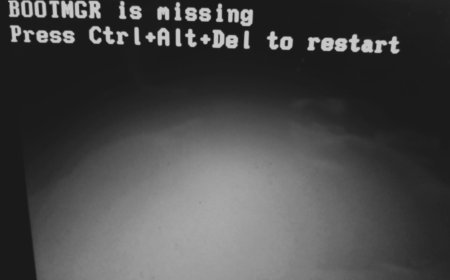
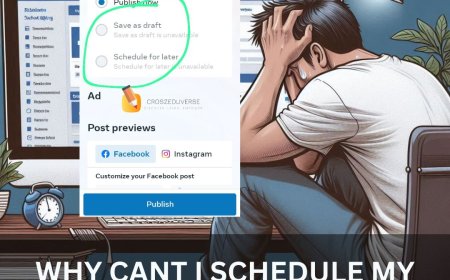

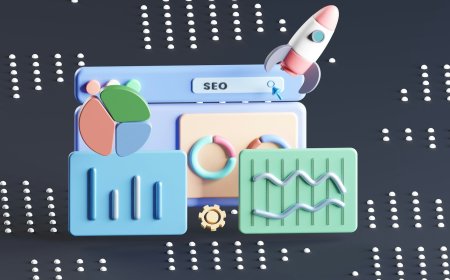
![2024 Social Media Image Sizes for All Networks [CHEATSHEET]](https://blogs.amospeter.co.ke/uploads/images/202406/image_430x256_666ad3fcd2380.jpg)
